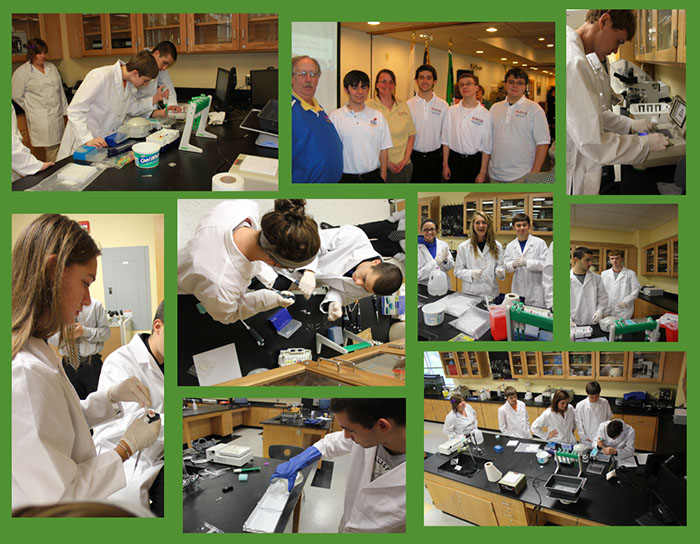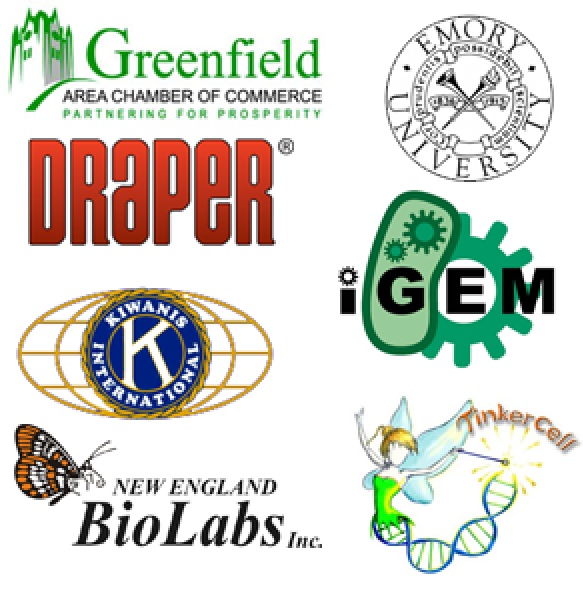Team:GreenfieldCentral IN
From 2012hs.igem.org
(Prototype team page) |
|||
| (34 intermediate revisions not shown) | |||
| Line 1: | Line 1: | ||
| - | + | {| | |
| + | [[Image:TeamLogo3.png|center|]] | ||
| + | |} | ||
| + | {| style="color:#000000;background-color:#80cd20;" cellpadding="6" cellspacing="6" border="6" bordercolor="#000000" width="85%" align="center" | ||
| - | + | !align="center"|[https://2012hs.igem.org/Team:GreenfieldCentral_IN Home] | |
| - | + | !align="center"|[https://2012hs.igem.org/Team:GreenfieldCentral_IN/The_Team The Team] | |
| - | + | !align="center"|[https://2012hs.igem.org/Team:GreenfieldCentral_IN/The_Project The Project] | |
| - | + | !align="center"|[https://2012hs.igem.org/Team:GreenfieldCentral_IN/Results Results] | |
| - | + | !align="center"|[https://2012hs.igem.org/Team:GreenfieldCentral_IN/Modeling Modeling] | |
| - | + | !align="center"|[https://2012hs.igem.org/Team:GreenfieldCentral_IN/Human_Practices Human Practices] | |
| - | + | !align="center"|[https://2012hs.igem.org/Team:GreenfieldCentral_IN/Notebook Notebook] | |
| - | + | !align="center"|[https://2012hs.igem.org/Team:GreenfieldCentral_IN/Safety Safety] | |
| - | + | !align="center"|[https://2012hs.igem.org/Team:GreenfieldCentral_IN/Sponsors Sponsors] | |
| - | + | ||
| - | + | ||
| - | + | ||
| - | + | ||
| - | + | ||
| - | + | ||
| - | + | ||
| - | + | ||
| - | + | ||
| - | + | ||
| - | + | ||
| - | + | ||
| - | + | ||
| - | + | ||
| - | + | ||
| - | + | ||
| - | + | ||
| - | + | ||
| - | + | ||
| - | + | ||
| - | + | ||
| - | + | ||
| - | + | ||
| - | + | ||
| - | |[ | + | |
| - | + | ||
| - | + | ||
| - | + | ||
| - | + | ||
| - | + | ||
| - | + | ||
| - | + | ||
|} | |} | ||
| - | + | {| style="color:#000000;background-color:#80cd20;" cellpadding="6" cellspacing="0" border="6" bordercolor="#000000" width="75%" align="center" | |
| - | + | !align="center"|[[Image:TeamCollage.jpg|center|700px]] | |
| - | + | ||
| - | {| style="color:# | + | |
| - | !align="center"|[ | + | |
|} | |} | ||
| - | |||
| - | |||
| - | |||
| - | |||
| + | {| background-color:#ffffff;" cellpadding="1" cellspacing="2" border="0" bordercolor="#ffffff" width="90%" align="center" | ||
| + | !align="left"| | ||
| - | + | | | |
| - | + | ||
| - | |||
| - | |||
| + | == '''Introduction''' == | ||
| - | === | + | {| background-color:#ffffff;" cellpadding="5" cellspacing="1" border="0" bordercolor="#ffffff" width="90%" align="center" |
| - | + | !align="left"| | |
| + | | Our first project deals with Galactosemia. Galactosemia is a disease in which an afflicted person cannot break down galactose, a simple sugar found in many food items such as milk. Classic galactosemic individuals cannot effectively produce the enzyme GALT, which is needed to catalyze the breakdown of galactose. Galactose build-up can lead to many debilitating conditions, such as ataxia, liver failure, and learning disabilities. Our goal for this project is to create a blood-galactose monitor to help galactosemic patients monitor their condition. This is needed because current blood sugar monitors only detect both sugars together, which does not help galactosemic people. We are planning on creating a strain of yeast that can detect galatose and glucose separately in the bloodstream. We are planning on using the promoters Gal1/10 to detect galactose, and HXT1 to detect glucose. Then we are going to use the mCherry fluorescent protein and cyan fluorescent protein to indicate the concentration of both sugars. Once we assemble our plasmid and transform it into E. coli to amp up DNA concentration, we will then transform it into yeast. We are also going to characterize the promoters by testing the fluorescence when introduced with different sugar concentrations. This will help standardize the test and make it easier to use. This project will hopefully be a simple test for galactosemics to monitor the status of their condition. | ||
| - | + | Our second project focuses on the disease in fish called Mycobacterium Marinum. Mycobacterium is a strain of tuberculosis. Mycobacterium Marinum kills large masses of fish, mainly in aquariums, and is currently undetectable. This disease also affects humans; if a human has an open sore and comes in contact with the contaminated water, the human will then be a carrier of mycobacterium Marinum and could possibly infect other aquariums. Our project is to find the structure of Mycobacterium Marinum and have E. coli target mycolic acid, mycobacterium's defense mechanism to current vaccines and antibiotics. When our engineered E. coli detects the mycolic acid on the cell wall of the mycobacterium, the green fluorescent protein gene we will insert into the plasmid will indicate that disease is present in the aquarium. If this step is successful, then we will take the project one step further. We will attempt to engineer E. coli to target an enzyme on the cell wall of Mycobacterium and have it release the mycolic acid so the mycobacterium will become defenseless to current treatments. In the broad view, if we are able to detect Mycobacterium through the use of fluorescent proteins, then the actual test for tuberculosis today could be simplified and made cheaper compared to the current process. A blood sample would be taken from the patient, and exposed to our E. coli. A spectrophotometer would then calculate the fluorescent levels of the sample, and determine if the patient has tuberculosis. | |
| - | + | ||
| - | + | ||
| - | + | | | |
| + | |} | ||
| + | {| background-color:#ffffff;" cellpadding="1" cellspacing="2" border="0" bordercolor="#ffffff" width="90%" align="center" | ||
| + | !align="left"| | ||
| - | + | | | |
| - | + | ||
| + | == '''Sponsors''' == | ||
| + | {| background-color:#ffffff;" cellpadding="5" cellspacing="1" border="0" bordercolor="#ffffff" width="90%" align="center" | ||
| + | !align="left"| | ||
| - | < | + | [[Image:GreenfieldSponsors.jpg|center]] |
| + | | | ||
| + | |} | ||
| + | <html> | ||
| + | <head> | ||
| + | <Body background="https://static.igem.org/mediawiki/2012hs/6/67/Background2.jpg"> | ||
| + | </body> | ||
| + | </head> | ||
| + | </html> | ||
Latest revision as of 04:48, 17 June 2012
| Home | The Team | The Project | Results | Modeling | Human Practices | Notebook | Safety | Sponsors |
|---|
|
Introduction
|
 "
"


